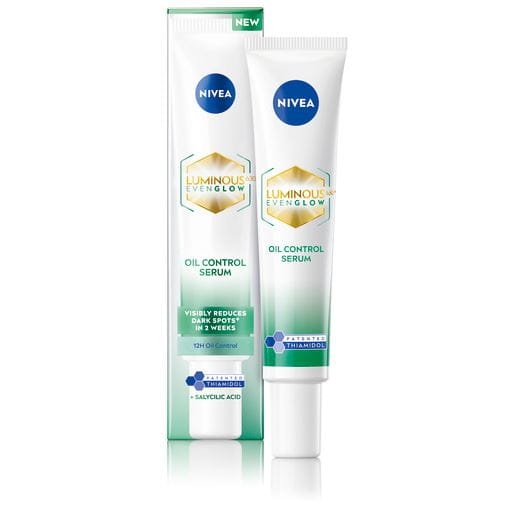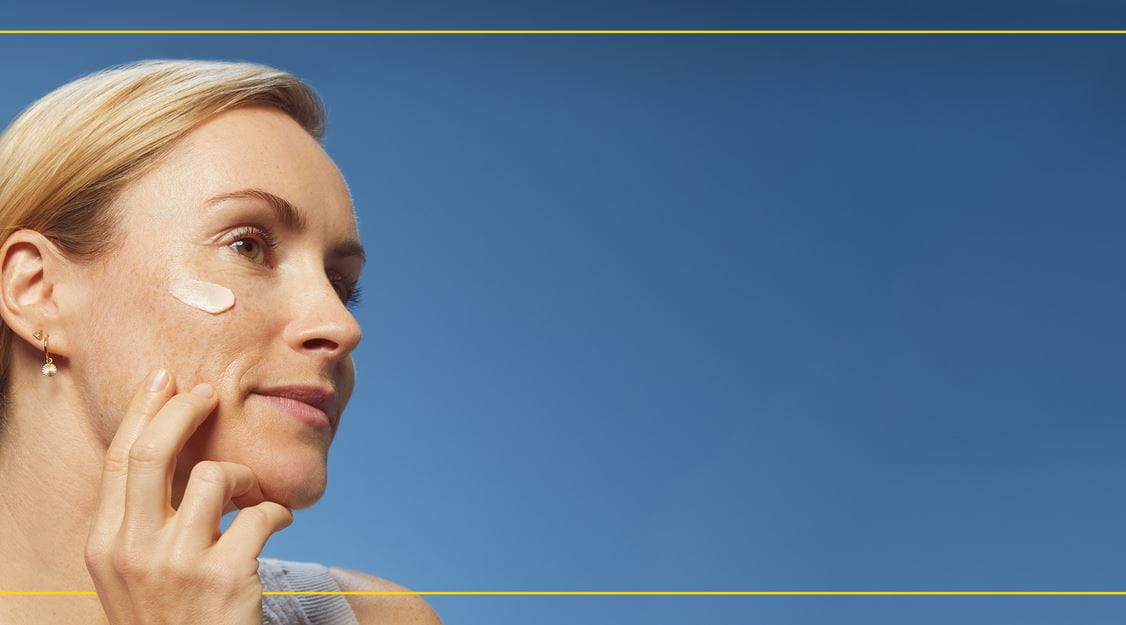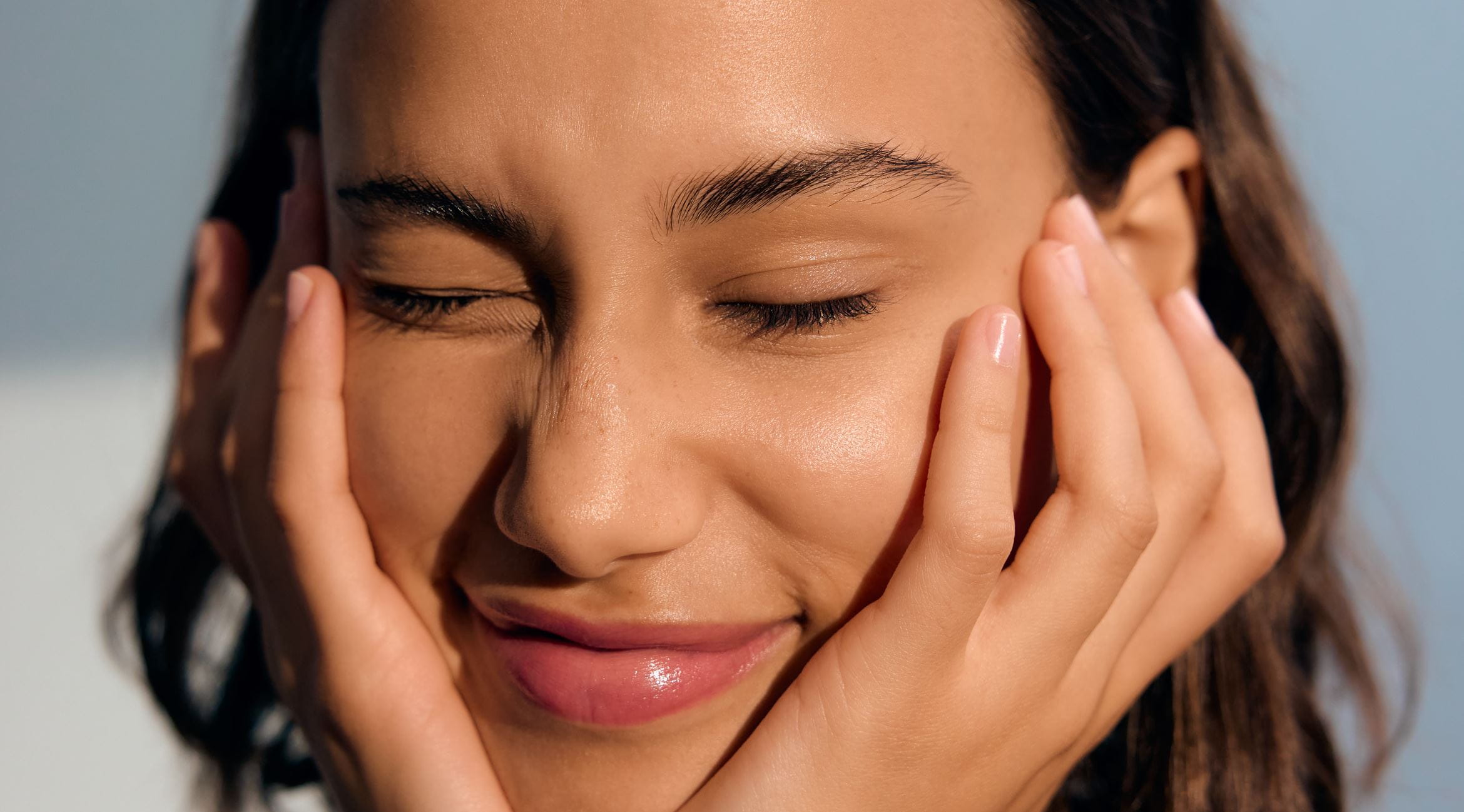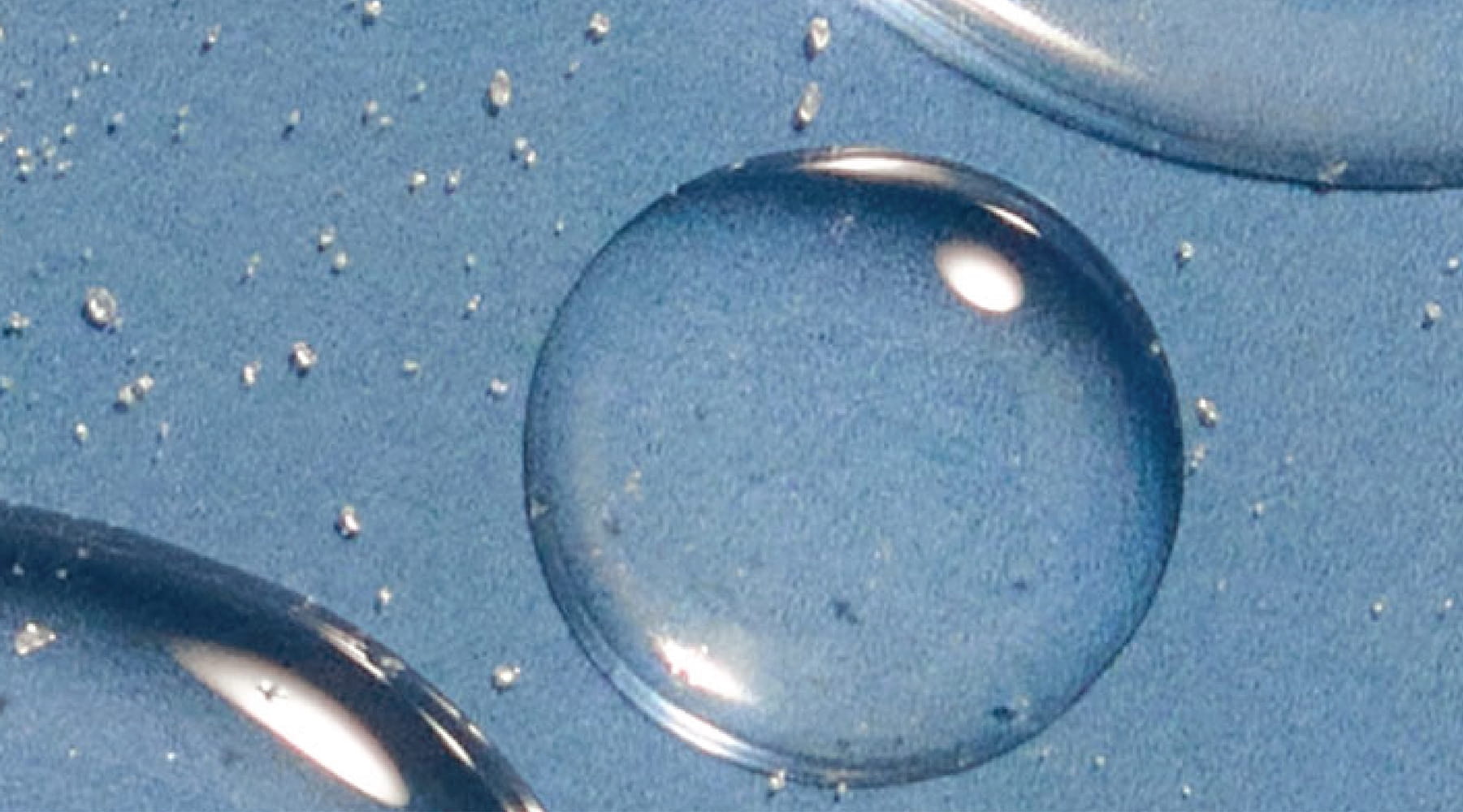
AHA vs BHA: What’s the Difference and Which One Is Right for Your Skin?
The skincare routine has evolved with each step playing an important role in providing hydrating and glowing skin. Selecting the right ingredients can improve your skin and make a visible difference. The two most effective types of hydroxy acids that help remove dead skin cells and treat common concerns like acne, dullness, uneven tone, and rough texture are AHAs (alpha hydroxy acids) and BHAs (beta hydroxy acids). However, these two types of acids have slightly different functions and should be used according to your skin concerns. But knowing the difference between AHA and BHA is essential.
Read ahead to know what is aha bha, and which acid you should choose for your skincare routine.






